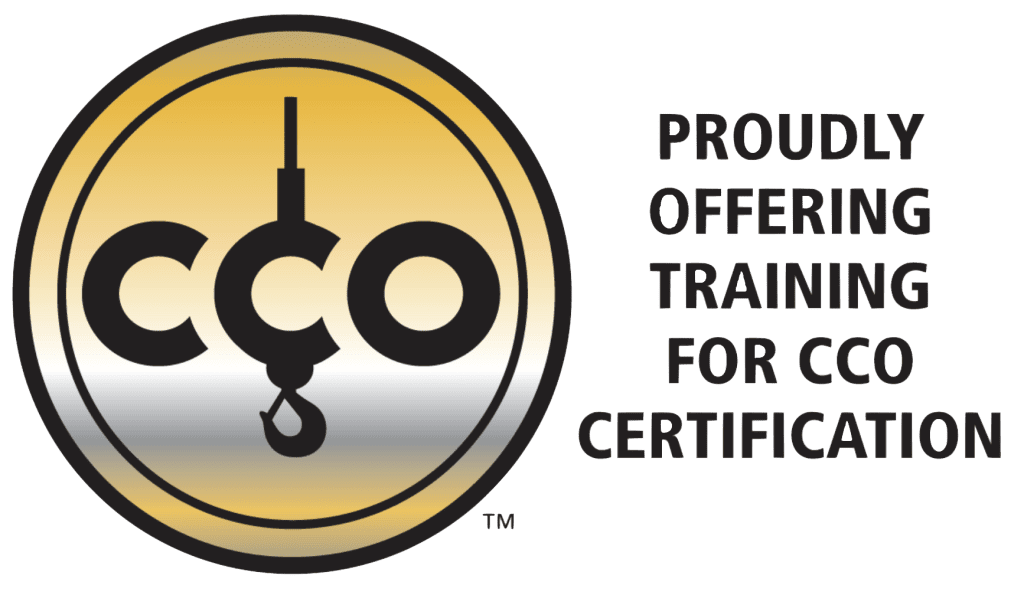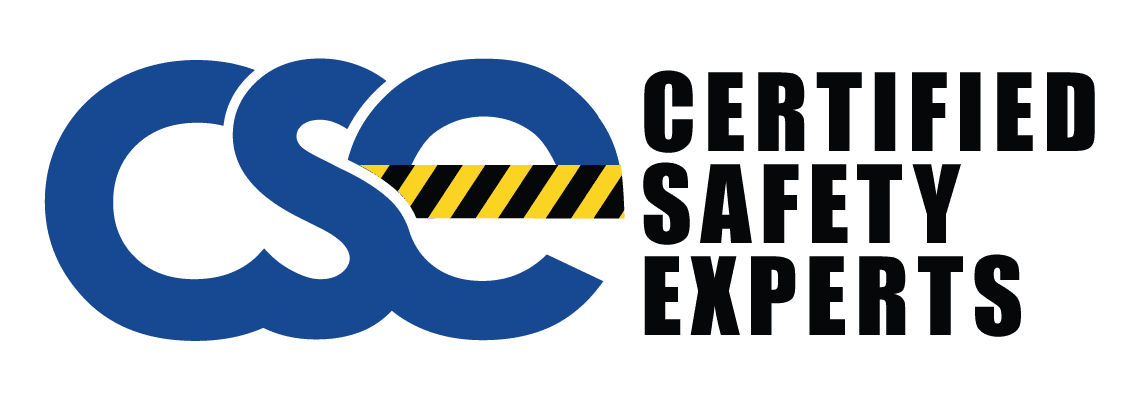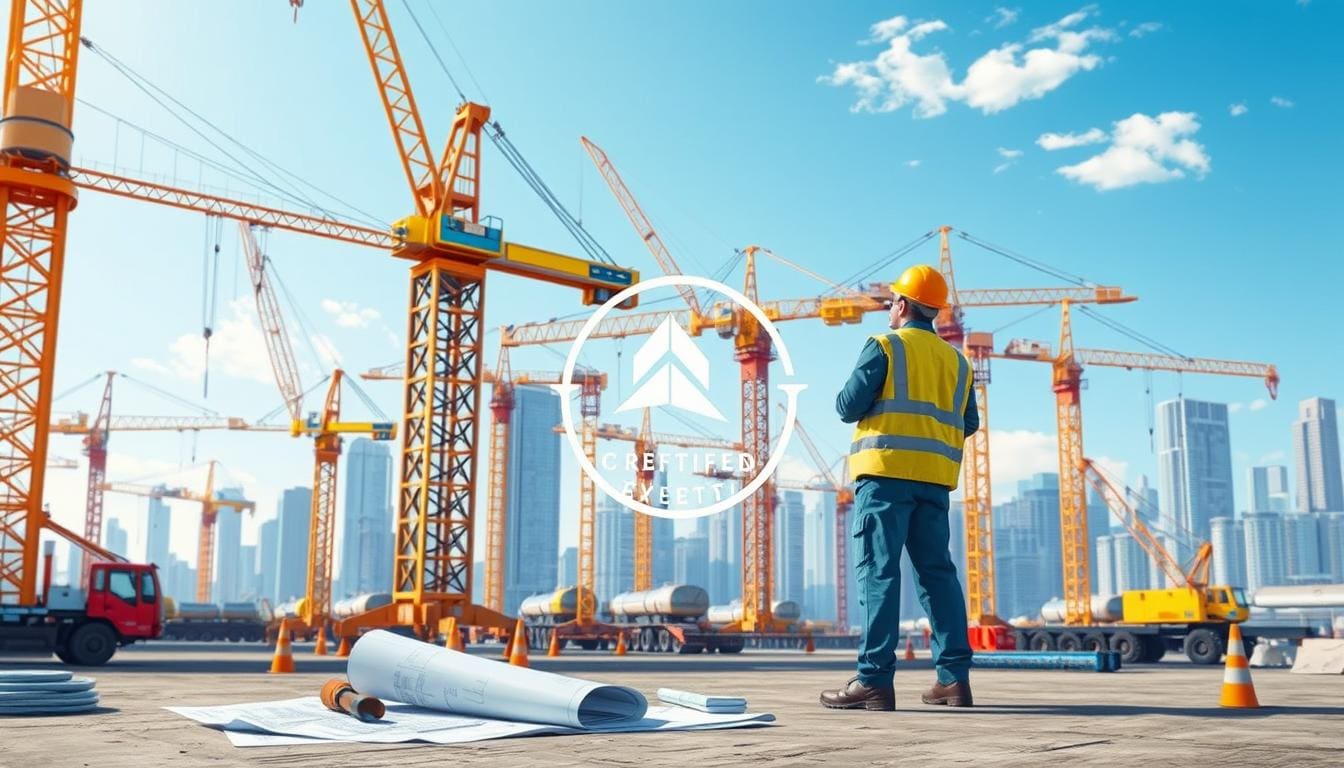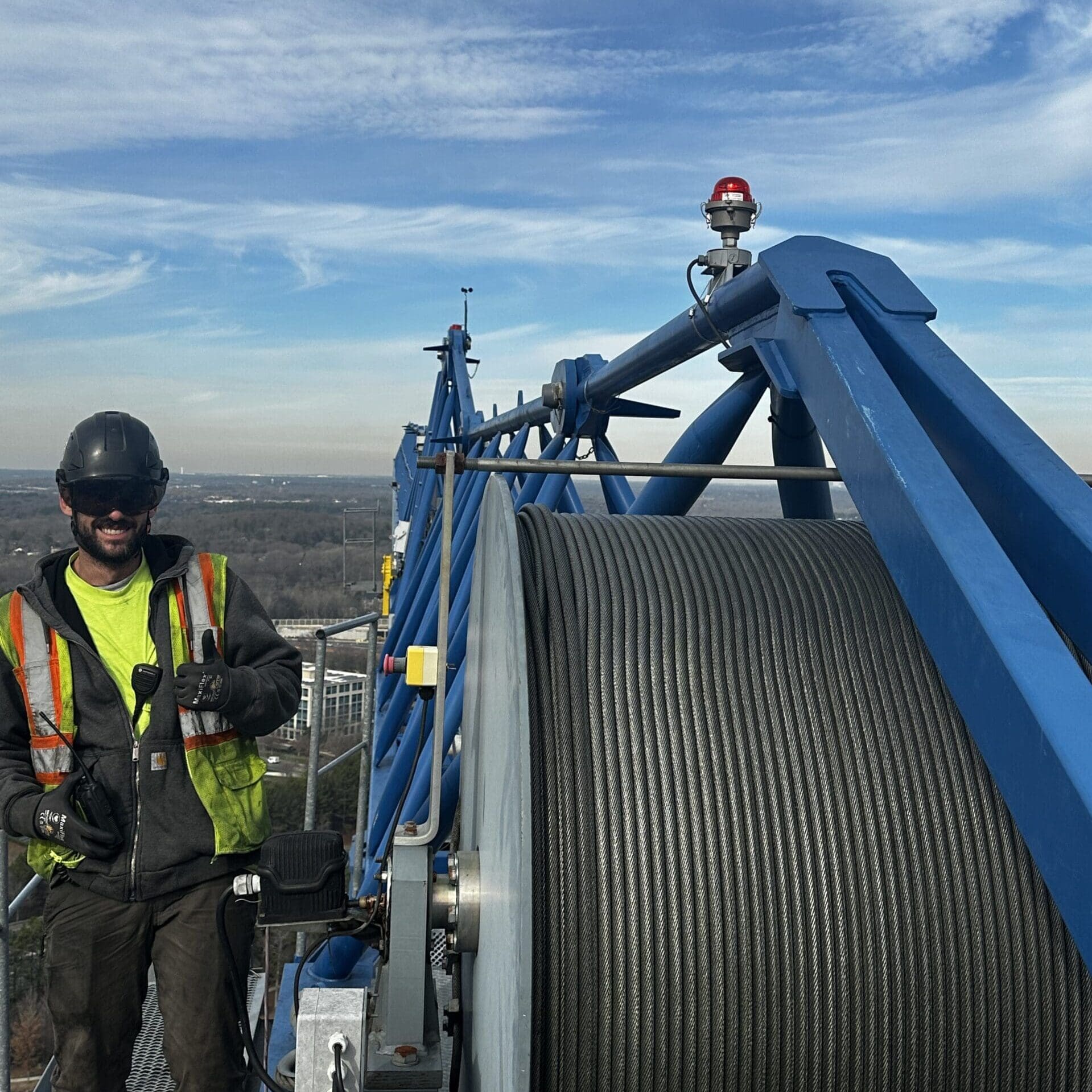Are you missing out on key steps to keep your construction site safe and up to code? Getting a crane inspection certification could change your career path. With the construction industry expanding, there’s a growing need for qualified crane inspectors. But what makes this certification crucial, and how can it boost your career?
Being certified shows you’re serious about crane safety compliance. It also opens doors to more job opportunities. This certification makes you key in keeping sites safe and following strict rules. If you’re looking to improve your skills and ensure top safety levels, it’s time to get your crane inspection certification.
Don’t delay—start moving towards becoming a crane expert and safety compliance pro. Call (919) 326-3742 to book your certification service today.
Key Takeaways
- Understanding the importance of crane inspection certification in ensuring safety and compliance.
- Realizing the career benefits and job opportunities that come with being a qualified crane inspector.
- Recognizing the growing demand for crane inspectors in the construction industry.
- Steps to take in order to achieve certification and enhance your professional credentials.
- Importance of adhering to crane safety compliance and preventing workplace accidents.
What is Crane Inspection Certification?
In the construction and heavy machinery fields, crane inspection certification is key. It makes sure workers follow safety rules and meet crane inspection standards.
Understanding the Basics
Crane inspection certification checks if someone knows how to inspect and approve cranes. It looks at mechanical strength, safety, and following the rules. A certified crane inspector gets thorough training in these areas.
The Importance of Certification
Being certified is vital for crane safety and proper work. Without it, accidents and failures are more likely. Certified inspectors know how to spot dangers, lowering risks. This means they can make sure cranes work well and safely.
This certification shows employers and clients you can do good and reliable checks. You meet the industry standards for crane inspection.
Industry Standards and Requirements
To get crane inspection certification, you must follow certain rules. These come from groups like OSHA, which have strict safety rules. These standards help keep cranes safe and reliable everywhere in the U.S.
Benefits of Being a Qualified Crane Inspector
Becoming a qualified crane inspector brings many benefits. It can greatly improve your job and make the workplace safer. This section looks at how it can open up more job chances, make safety better, and increase what you can earn.
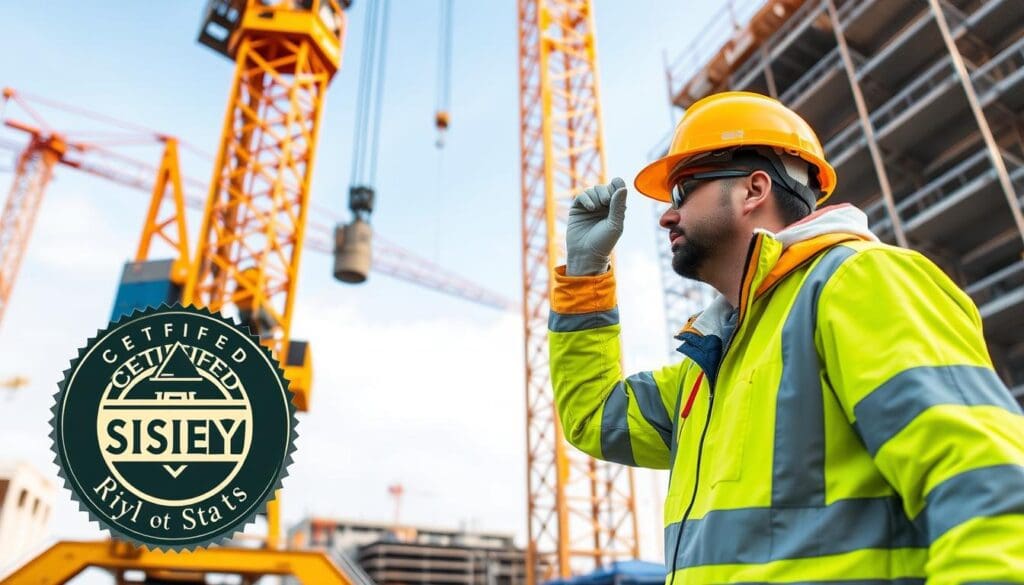
Enhancing Job Opportunities
Having a crane inspection certification opens up more job options. With a high demand for skilled people, you can work in fields like construction, manufacturing, and logistics. This makes you a key asset to employers and helps you stand out in a crowded job market.
Improving Safety Standards
A certified crane inspector is key to making sure crane safety checks are done right. By following strict safety rules, you can spot and fix dangers. This lowers the chance of accidents, keeping workers safe and making cranes work better and more reliably.
Increased Earning Potential
One big plus of being a qualified crane inspector is the chance for a higher salary. People with certifications often earn more because of their special skills and knowledge. Companies are willing to pay more for skilled inspectors to keep things safe and follow the rules, which means better pay and career growth for you.
OSHA Crane Certification Requirements
Knowing the OSHA crane certification rules is key for those wanting to be crane inspectors. This certification makes sure crane operators and inspectors follow safety rules set by the government. It helps keep work areas safe and lowers the chance of accidents.
OSHA Standards
The OSHA rules for crane operator certification set clear guidelines. These include detailed training, real-world experience, and tests. Following these rules is a must to make sure cranes are used safely and well.
Preparing for OSHA Assessments
To get ready for OSHA tests, you need to know the rules well and get hands-on experience. Those planning to be inspectors should learn about OSHA’s rules and take approved training. Doing these things helps you pass the test and shows the need for high safety in crane work.
Steps to Becoming an Accredited Crane Inspector
Starting your journey to become a crane inspector means doing your homework first and ending with a certification. Here are the steps to follow, making sure you meet all the requirements for crane safety.
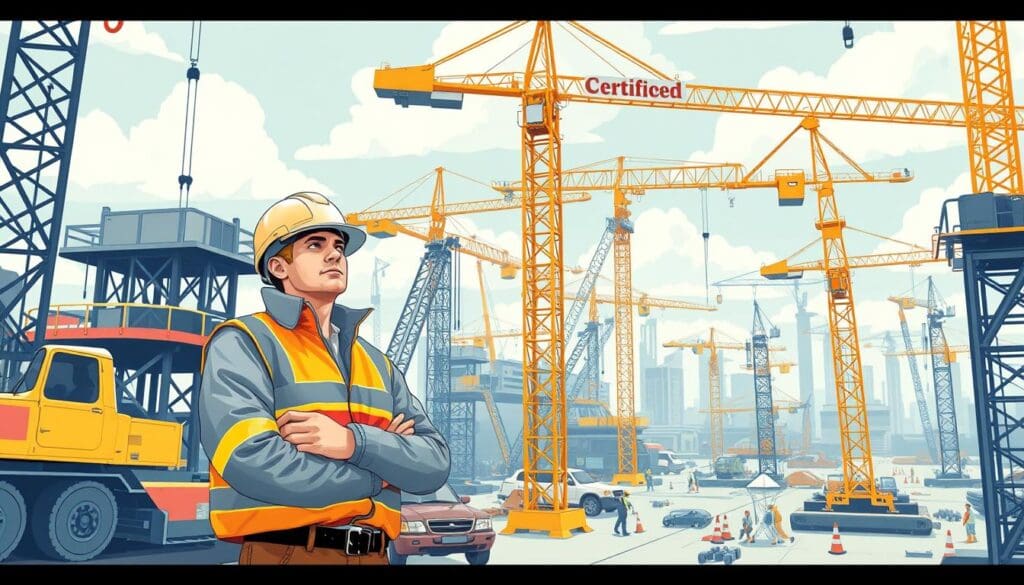
-
Initial Research:
First, look into different certification programs and what the industry needs. It’s important to know what a crane inspector does to pick the right path.
-
Meet Educational Standards:
Make sure you have the right education. You usually need a high school diploma or something similar. Some places might want more education.
-
Gain Field Experience:
Getting hands-on experience is key. Look for chances to work with experienced inspectors or in places that focus on crane safety.
-
Complete Training Programs:
Sign up for training programs that are approved. They should teach you both theory and practical skills. You’ll learn about inspecting cranes, safety, and following the rules.
-
Pass Certification Exams:
Once you finish training, you’ll need to pass a test. This exam checks if you know your stuff about crane inspection and safety.
-
Submit Required Documentation:
Gather and send in all the paperwork needed, like your education and experience proof, and your test scores, to the certifying body for review.
-
Continuous Education and Recertification:
To keep your crane inspector status, keep learning and get recertified. It’s important to know the latest in the industry for crane safety.
By taking these steps, you’ll be well on your way to becoming a certified crane inspector. This careful plan makes sure you’re ready in all areas – education, experience, and rules. It helps make the workplace safer and boosts your career.
Crane Inspector Training Programs
Finding the right training program is key for those wanting to become crane inspectors. It’s important to know what skills and knowledge you need for certification. This part talks about picking the best program, understanding what’s taught, and looking at different teaching methods.
Choosing the Right Training Program
It’s vital to pick a program that’s fully accredited and meets industry standards. Good programs have detailed curricula and instructors with experience. Make sure the program you pick gets you ready for certification and industry tests.
Training Program Curriculum
A good crane inspector training should cover important topics like crane parts, safety, and following the rules. It should also have modules on inspecting, documenting, and maintaining cranes. Look for programs with lots of study materials and chances to practice what you learn.
Hands-On Training vs. Classroom Instruction
Knowing the difference between hands-on and classroom learning can help you decide. Hands-on training lets you use what you learn in real situations. Classroom learning gives you structured lessons and expert views. Many good programs mix both, giving you a full education.
By looking at these things, you can pick a crane inspector training program that prepares you well for your career.
Mobile Crane Inspection and Certification
Learning about mobile crane inspection and mobile crane certification is key for safe and efficient construction work. Inspectors need to know the different types of mobile cranes and how to check them. This keeps projects safe and meets industry rules.
Types of Mobile Cranes
Mobile cranes come in many designs for various jobs. Here are some examples:
- All-Terrain Cranes
- Rough Terrain Cranes
- Truck-Mounted Cranes
- Crawler Cranes
Each crane type needs its own set of skills for inspection and certification. Knowing how each crane works and what it looks like is important for good checks.
Inspection Procedures for Mobile Cranes
The inspection of mobile cranes covers important areas:
- Visual Checks: Looking for any damage or issues with the crane’s parts.
- Operational Tests: Making sure controls and safety features work right.
- Load Testing: Checking the crane can safely lift its maximum weight.
- Documentation Review: Looking at maintenance records and past inspections.
Passing these steps is key for mobile crane certification. Inspectors must keep up with new rules to keep cranes safe and reliable. Being good at this helps follow the rules and makes construction sites safer.
Ensuring Overhead Crane Safety and Certification
Getting an overhead crane certified is key to keeping things safe in many work places. It’s important to check cranes well and follow the best ways to use them. This part talks about the different types of cranes, what to check during inspections, and important safety steps.
Overhead Crane Types
Many industries use overhead cranes, and knowing the crane types helps pick the right one for the job. Here are some common ones:
- Bridge Cranes: Great for lifting heavy stuff in big factories and warehouses.
- Gantry Cranes: Good for outdoor jobs and can move along a track.
- Jib Cranes: Perfect for small areas and precise lifting tasks.
Inspection Checklists for Overhead Cranes
Checking cranes carefully is key to making sure they work well and stay safe. Here’s what to look at during an inspection:
- Visual Inspection: Look for any signs of damage on the crane parts.
- Operational Tests: Check how the crane lifts, lowers, and stays stable.
- Mechanical Components: Make sure gears, brakes, and chains work right and aren’t loose.
- Electrical Systems: Check all wires and electrical parts are tight and work well.
- Load Testing: Make sure the crane can handle the weight it’s supposed to.
Best Practices for Overhead Crane Safety
Following the best safety steps is key to avoiding accidents and meeting crane safety standards. Here are some tips:
- Regular Training: Make sure crane operators know how to use the crane safely and follow the latest safety rules.
- Routine Maintenance: Keep the crane in good shape with regular checks.
- Safety Protocols: Set and follow clear safety rules and emergency plans for cranes.
- Communication Systems: Make sure crane operators and ground teams can talk clearly to prevent mistakes.
- Load Management: Never put too much weight on the crane and use the right rigging methods.
In short, following the right crane certification, doing thorough safety checks, and sticking to best practices makes things safer and more efficient.
Conclusion
Getting a crane inspection certification is key for keeping workplaces safe and boosting your career in the field. We’ve looked into what this certification means and why it’s vital for high standards. It covers OSHA rules and how to become a certified crane inspector.
Being a qualified crane inspector comes with many perks. You’ll find better jobs, safer work conditions, and possibly higher pay. It’s important to pick the right training and know how to inspect mobile and overhead cranes well. This shows you’re serious about safety and doing your best.
It’s time to make a move. Make sure you’re part of this important area by getting your crane inspection certification. Remember, keeping things safe is not just a job requirement but a promise to everyone’s well-being. For more info or to book your certification, call (919) 326-3742. Take this chance to improve your skills and help make the workplace safer.
